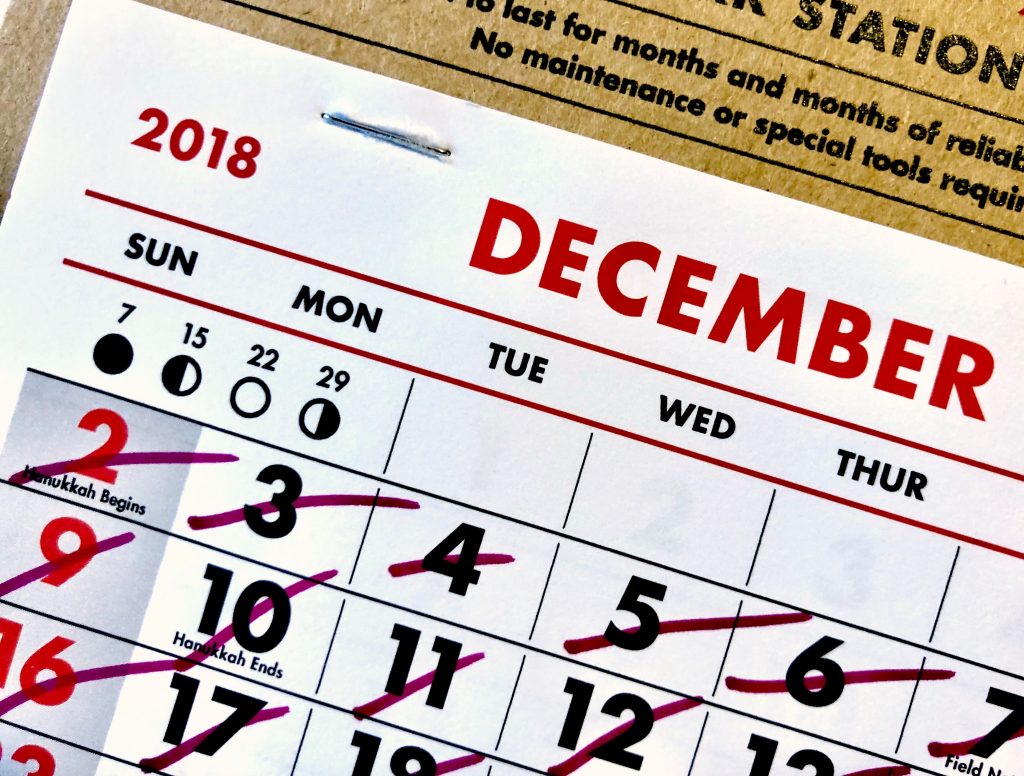
First Step: Track your Spending
Welcome to the first post in my Basic Budgeting series. Throughout this series I’ll be talking about common spending habits, how to build an effective budget, and discuss tips on staying focused toward your goals. If you have any suggestions or questions about this, please don’t hesitate to leave a comment!
In this first segment, we’ll be talking about spending. “Wait, I thought we were trying to SAVE money?” you might ask. Well, here’s the best part – if you don’t know where your money is even going, you can’t effectively save anything. The first step for any budget is knowing where all of your money is being spent. This understanding is key, as it allows you to gauge if you need to cut back on certain spending and get a better idea for your priorities.

Spending Analysis
There’s many different ways to tackle this first step – using a basic spreadsheet, pen and paper, or software such as You Need a Budget (or if you prefer a non-affiliate link, click here) are all effective ways to track your spending. No matter which tool you use, the goal is to remain consistent and honest with your spending. The only way to get the full picture is if every purchase is accounted for.
So where do you start? If you’ve never tracked your spending, this can seem like a daunting task. It’s actually much easier than you would think! Every time you spend anything (cash, debit/credit card, check, etc), write down the amount and where you spent the money. Do this for a month and make sure to keep the spending notes in a safe place. When this month is done, we can start reviewing where your spending.

The month is over, next steps
If you made it a month with tracking all of your spending, congratulations! You are well on your way to better understanding your finances. The next step is to figure out where all of that money is going. This is where software like You Need a Budget can come in handy, as they make it easy to break down where you spent your money for a given month. This step is necessary though to break down your spending into various categories. Some good examples to start with are below:
- Bills
- This can include things like rent, car payments, utilities, etc
- Monthly spending
- Amazon Prime, Netflix, groceries
- Discretionary spending
- I would include things like fast food, random spending money, anything that isn’t necessarily required every month
- Health
- Doctor visits, medication, etc
You can of course expand on these as much as you want based on your needs. The goal of this step is to figure out where your priorities are and see how your spending lines up with them. When you have your categories laid out, see how your spending is reflected. What I found when we first did this exercise a few years ago was my discretionary spending was through the roof compared to savings goals I had for myself (I thank the on-campus Domino’s for that). This process is usually an eye-opener for most people, and that’s ok! Use this opportunity to take stock of what you want your financial life to look like and use this as the stepping stone to reaching those goals.
What’s next?
With the first hurdle cleared, we are on our way to creating a healthier financial portfolio for ourselves. Next time, we’ll discuss building a basic budget using You Need a Budget. The next installment will focus more on figuring out where we want to align our spending using the You Need a Budget ruleset. As always, if you have any questions or tips for the readers, please feel free to leave them in the comments below!